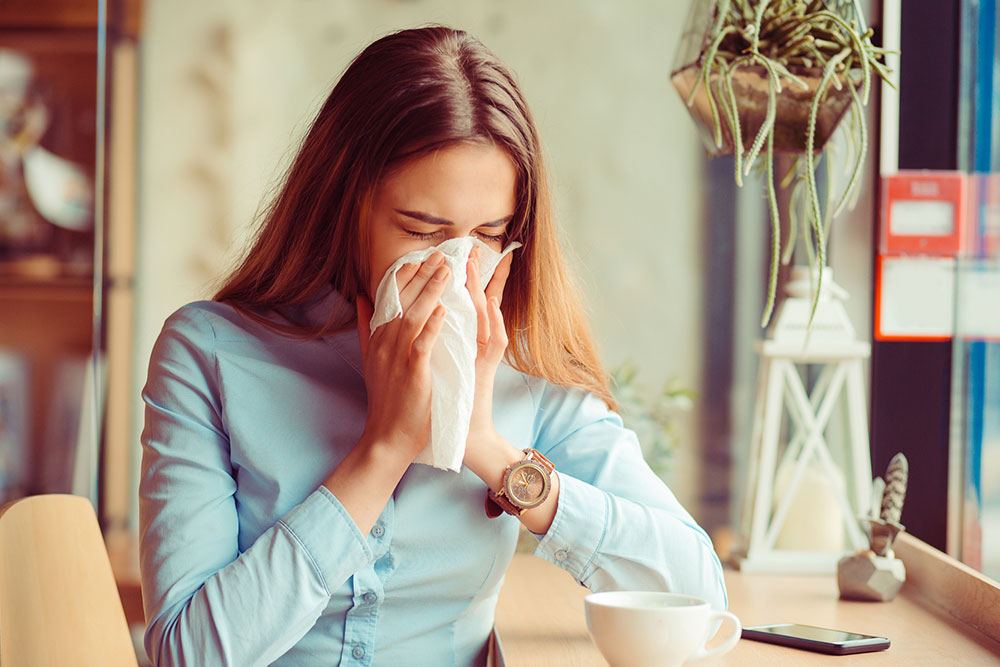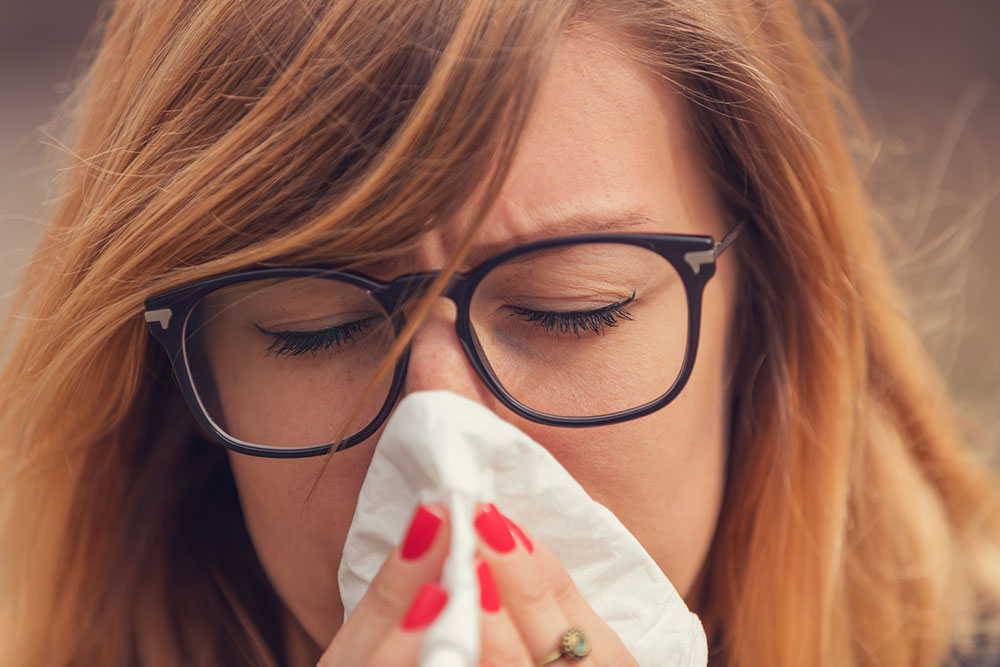Effective Strategies for Managing Spring Allergies and Enjoying the Season
Spring allergies can cause significant discomfort for many individuals, but with proper knowledge and management strategies—including medications, preventive measures, and lifestyle adjustments—symptom relief is achievable. This comprehensive guide explores the causes of spring allergies, effective treatments, and practical tips to enjoy the season fully. Understanding pollen's role and implementing protective practices can help allergy sufferers reduce exposure and improve quality of life undoubtedly. Embrace spring with confidence through informed allergy management techniques tailored to your needs.

Effective Strategies for Managing Spring Allergies and Enjoying the Season
Spring is often celebrated as a time of renewal and blossoming nature, bringing vibrant flowers, lush greenery, and pleasant weather. However, for many individuals, this beautiful season also heralds the onset of uncomfortable allergy symptoms that can significantly interfere with daily activities and overall quality of life. Understanding the causes of spring allergies and exploring comprehensive management strategies are essential for allergy sufferers to savor the season without constant discomfort.
Spring allergies primarily stem from pollen, a fine powder released by trees, grasses, and weeds that are in bloom during this time of year. While pollen is vital for plant reproduction, it can pose serious health challenges for sensitive individuals. The predominant allergen stems from tree pollen, which is released during early spring, followed by grass and weed pollen as the season progresses. The airborne nature of pollen, combined with environmental factors such as air pollution, makes avoidance difficult, as pollen can travel vast distances and remain in the air for days. Continuous breathing throughout the day increases exposure risk, meaning allergy symptoms are often unavoidable despite efforts to minimize contact.
The core issue behind allergy symptoms relates to an overactive immune system. When a person with allergies encounters pollen, their immune system mistakenly perceives it as a harmful invader. This triggers the release of chemicals like histamine, which cause classic allergy symptoms such as sneezing, runny or stuffy nose, itchy and watery eyes, coughing, congestion, headaches, and even difficulty breathing. Recognizing these symptoms early is crucial for effective management and preventing escalation into more serious health issues.
Thankfully, a wide array of medications and treatment options are available to help mitigate the symptoms of spring allergies. Antihistamines are among the most commonly used and highly effective medications. They work by blocking the release of histamine, thereby reducing symptoms such as sneezing, itching, and runny nose. These are available over the counter in various forms, including oral pills, liquids, nasal sprays, and eye drops, catering to different preferences and age groups, including children. Decongestants, another class of medications, provide rapid relief from nasal congestion and sinus pressure. They are available in similar forms—pills, nasal sprays, and liquids—and can be used alone or in combination with antihistamines. However, combined formulations may carry side effects such as increased blood pressure or jitteriness, so consultation with a healthcare provider is advisable.
Corticosteroids, both nasal sprays and eye drops, are used for more severe symptoms involving nasal inflammation and ocular irritation. These medications tend to have a longer-lasting effect and are particularly helpful for individuals with persistent or intense allergy reactions. In some cases, immunotherapy—commonly referred to as allergy shots—offers a long-term solution by gradually desensitizing the immune system to pollen allergens, significantly reducing symptoms over time. This approach requires a commitment and professional supervision but can dramatically improve quality of life for chronic allergy sufferers.
Beyond medication, implementing preventive measures plays a vital role in managing spring allergies. Monitoring local pollen forecasts helps plan outdoor activities during low pollen periods. On windy days, when pollen counts are high, it’s best to stay indoors and keep windows and doors closed to prevent pollen from entering the home. Using air purifiers with HEPA filters can reduce indoor pollen levels, creating a cleaner environment. Showering and changing clothing immediately after outdoor exposure removes pollen from skin and hair, minimizing ongoing exposure indoors. Wearing masks during outdoor chores like gardening or cleaning can also significantly decrease inhalation of airborne pollen. Regular cleaning of home air conditioning filters and vacuuming with HEPA filters further reduces indoor pollen presence.
Dietary strategies can complement other preventive measures. Consuming vitamin C-rich fruits and vegetables, such as oranges, strawberries, bell peppers, and leafy greens, may help reduce histamine levels and alleviate allergy symptoms. Staying well-hydrated helps thin mucus secretions, making it easier to clear nasal passages. Maintaining a healthy lifestyle, including regular exercise and sufficient sleep, strengthens the immune system against allergens.
While it’s important to acknowledge that allergies may not be entirely curable, adopting a combined approach of medication, preventive strategies, and lifestyle adjustments can lead to substantial symptom relief and improved daily functioning. Consulting with an allergist or healthcare provider is recommended for personalized treatment plans and to explore options such as immunotherapy for long-term relief. By understanding the triggers and proactively managing exposure, allergy sufferers can look forward to enjoying spring’s beauty with greater comfort and ease.





